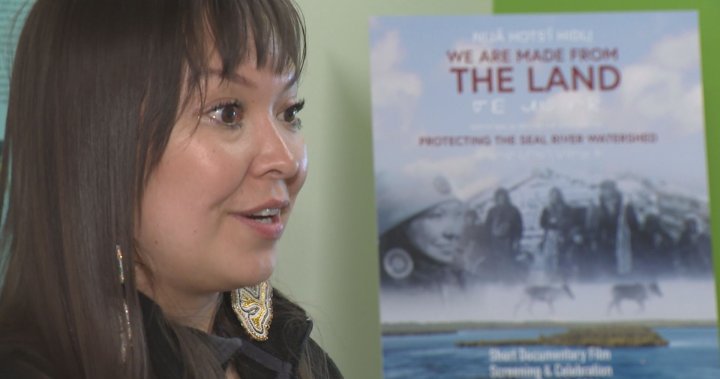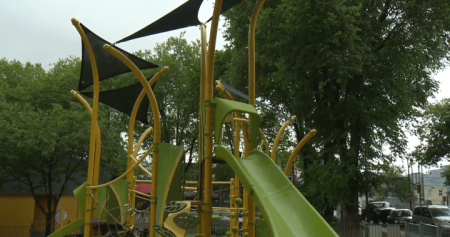A new short documentary titled “We Are Made From the Land” highlights efforts to protect the Seal River Watershed in Manitoba’s north. The film features Stephanie Thorassie, the executive director of the Seal River Watershed Initiative, who was approached by the Indigenous Leadership Initiative to be featured. Thorassie shares her personal story and the journey of the Sayisi Dene community, including her own family, who were relocated to Churchill from Little Duck Lake by the federal government in 1956. After facing harsh conditions and inadequate support, the Sayisi Dene returned to their homeland in the 1970s and established the community of Tadoule Lake.
The Seal River Watershed covers around 50,000 square kilometres at the top of the province and is home to various wildlife, including caribou, polar bears, and beluga whales. Thorassie emphasizes that there is currently no industry or development in the area, and efforts are being made to keep it that way with the help of partners, community members, and elders. The goal is to designate the Seal River Watershed as an Indigenous Protected Area, and the Seal River Watershed Alliance, consisting of Sayisi Dene First Nation, Northland Dene Nation, Barren Lands First Nation, and O-Pipon-Na-Piwin Cree Nation, is working towards this goal.
In January, the alliance signed an agreement with the federal and provincial governments to conduct a feasibility study on protecting the area from development. Land guardians, such as Chaz Collier from Sayisi Dene First Nation, are employed to monitor the area using scientific and Indigenous knowledge to study water, plants, and animals. Collier has undergone training and collected data on various aspects of the land, expressing the importance of protecting the area. This role has inspired young people in the community of Tadoule Lake, giving them hope and empowering them to consider careers as guides or land guardians.
Thorassie believes that creating the role of land guardians and preserving the Seal River Watershed is crucial for the future of the community and the environment. The alliance’s work involves years of measuring, mapping, and monitoring to compile data for the feasibility study, with the hope of creating an Indigenous Protected Area and fostering ecotourism. Thorassie expresses her dreams of a positive report that supports the protection of the area, creating more jobs for the people who value the land. She describes the work as a part of everyday life and culture, emphasizing its significance and the importance of preserving the land for future generations.
The documentary sheds light on the efforts of the Seal River Watershed Initiative and the Seal River Watershed Alliance to protect the environment, wildlife, and cultural heritage of the area. The story of the Sayisi Dene community’s resilience and return to their homeland serves as a reminder of the importance of preserving Indigenous lands and traditions. The initiative’s work in creating an Indigenous Protected Area and employing land guardians showcases a collaborative effort to monitor and safeguard the Seal River Watershed. The hope is that the feasibility study will lead to the protection of the area, the creation of sustainable jobs, and the promotion of ecotourism, ensuring the preservation of this unique and valuable landscape for future generations.















